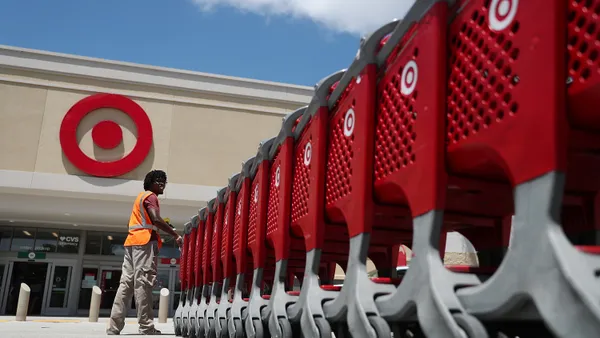Dive Brief:
- Organizations can prepare their workers to adapt to changes that come with automation, according to The Adaptive Workforce Will Drive The Future Of Work, a report by Forrester.
- In the report, Forrester identified three components of the adaptable workforce. These workforces are "burstable" with the ability to increase or decrease resources at will through the use of gig workers or automated work processes, Forrester said. They are also less hierarchal, with more horizontal organizational structures that allow employees to break out of their silos and lend their expertise to lots of departments. Adaptive workforces are also "composable," Forrester said, meaning they can be assembled into cross-functional teams and then disassembled as projects are completed or situations change.
- To successfully develop an adaptive workforce, Forrester offered these three guidelines for employers: 1) employees must be ready to compete with gig workers, who will be part of developing an adaptive workforce; 2) employers will need to create positive worker experiences to drive better customer experiences; and 3) organizations "need to optimize culture, leadership, and structures for AI and automation," despite the fact that few workers see clear career paths for themselves as more work functions automate, Forrester said.
Dive Insight:
Forrester's report calls out that automation does not simply require increased investment in technology, but also serious investments in workers' development and, potentially, management re-structuring. However, workers and managers don't always share this understanding. A Robert Half study found that while only 12% of surveyed workers were concerned about AI impacting their jobs, a majority of managers worried about hiring new workers, upskilling current workers and teaching them to use new tech in the era of automation.
Though many managers are concerned about workers, their own shortcomings could create challenges as employers strive for greater efficiency through automation. According to a VitalSmarts study, it takes six months for emerging leaders to convert newly acquired skills into "reliable habits," which can cost $25,000 per new leader. Workplaces might need to budget for these kinds of expenses when transforming into an adaptive organization.
Employers also will need people ready to lead the future of work, but Gartner found that half of the 2,800 leaders it polled lacked the confidence to lead their organizations into the future. Gartner recommended that organizations focus on building an environment based on "complementary leadership," whereby leaders with similar skills share the responsibility of moving an organization forward. This recommendation is similar to the kind of cross-functional approach Forrester recommended for creating an adaptive organization.












![Salesforce AI's CEO sits onstage across from Cristina Criddle. Screens that say Human[X] hang behind them.](https://imgproxy.divecdn.com/4XVfO8mNsslv7_axsVip9IU74iKpLWgiY3616VXH4ow/g:nowe:0:104/c:1024:578/rs:fill:600:338:1/Z3M6Ly9kaXZlc2l0ZS1zdG9yYWdlL2RpdmVpbWFnZS9HZXR0eUltYWdlcy0yMjA0NjUxNDM0LmpwZw==.webp)
